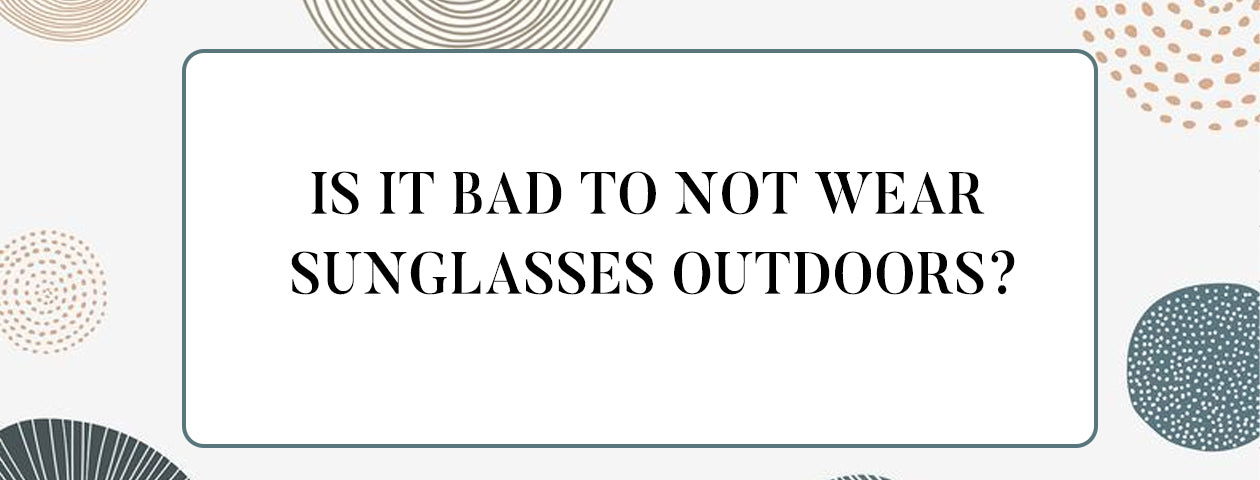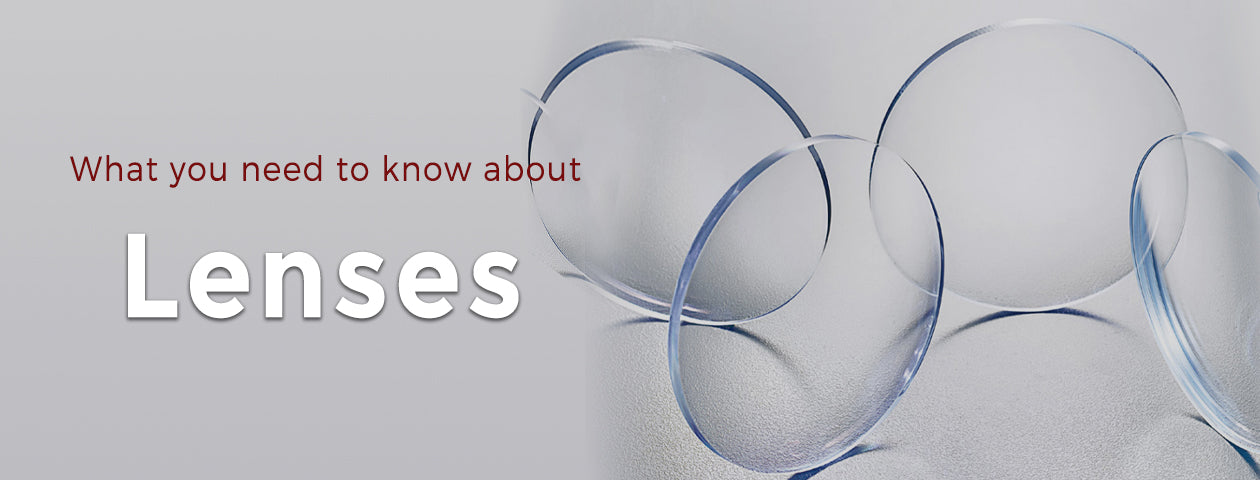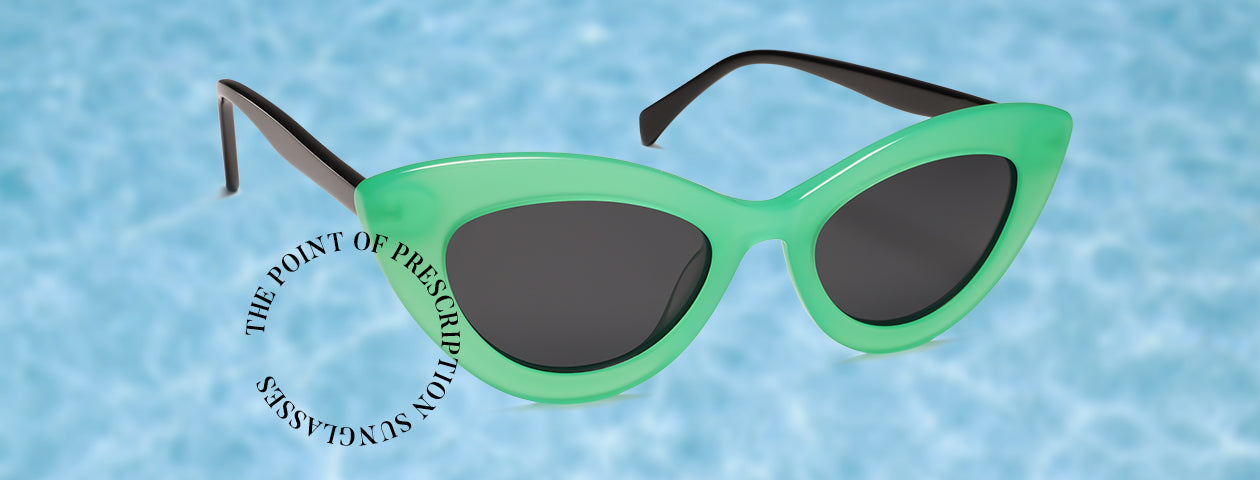
Is it bad to not wear sunglasses?
Perhaps for people who work indoors, it would be considered unnecessary to purchase sunglasses. But for people who spend a lot of time outdoors, not wearing sunglasses is a very dangerous behavior for eyewear health.
Increased chance of eye diseases
Short-term effects
Brief exposure of the unprotected eye to UV light does not usually cause any symptoms. However, prolonged or intense UV exposure to unprotected eyes can lead to a condition called photokeratitis. This can be thought of as sunburn of the cornea, and the clear window at the front of the eye. UV rays cause the outermost cells of the cornea to die. This causes severe pain in both eyes, which begins 6 to 12 hours after exposure.

Long-term effects
Repeated exposure to UV radiation without adequate eye protection can result in permanent eye damage. Eye diseases associated with chronic UV exposure include the following.
1. You could develop catarats
Cataracts or clouding of the lens can be caused by excessive unprotected UV exposure. Blurred vision, double vision, light sensitivity, difficulty seeing at night, and loss of color vision are all signs of cataracts. To treat cataracts, the lens is surgically removed and replaced with a new artificial lens. UV protective sunglasses can help reduce your chances of needing cataract surgery later.

2. You may develop an eye growth
Pinguecula and pterygium are two scientific terms for eye growth. A small yellow growth appears in the white part of your eye at the corner of your eye. A pterygium is a pink tissue-like growth in the same area. If left untreated, a pinguecula may become a pterygium. These growths are usually treated with prescription eye drops but may need to be surgically removed if the condition is severe or troublesome enough.

3. You could develop eye cancer
Intraocular or uveal melanoma is the medical term for a type of eye cancer. People with light-colored eyes are at the highest risk of developing this cancer. Some symptoms include blurred vision, a dark spot on the iris, seeing "floaters" or spots that drift across the field of vision and seeing flashes of light. Some treatment options include surgery, radiation therapy, photocoagulation or laser beam therapy, and heat therapy. In extreme cases, the eye and part of the optic nerve may need to be removed.

4. You could develop crows feet
UV protective sunglasses prevent UV rays from reaching the sensitive skin around the eyes. The skin in these areas is thinner than the rest of our body and, therefore, more susceptible to premature aging and wrinkles due to UV rays. In addition, sunglasses help curb the urge to squint in the sun.

FAQ
What kind of sunglasses should I wear?
It is important to note that price is not an indicator of the effectiveness of UV protection. Effective sunglasses should fit snugly and wrap around to minimize the amount of UV radiation that may reach the eyes.
Some contact lenses also contain UV filters. However, since they only cover the cornea, they do not protect against the development of pterygium or cancer around the eye or periocular area.
When should I wear sunglasses?
Sunglasses should always be worn when outdoors during daytime hours when the UV index is 3 or higher, as there is no definite safe level of eye exposure to UV radiation.
They should be worn regardless of how large the clouds are, as more than 90% of UV rays can penetrate the clouds. UV rays can also reflect off sand, water, and snow. Peak daily UV exposure is between 10 a.m. and 2 p.m.; it is best to find a shady spot during this time.
Is it possible to add my prescription to sunglasses?
Yes, it is possible to have prescription sunglasses. The lenses in Rx sunglasses can also feature a combination of different materials and coatings.
Learn more about Prescription Sunglasses.






